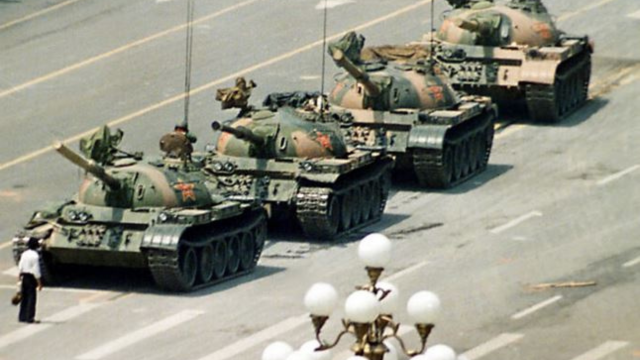Article – I’ve been tracking Beijing’s digital censorship apparatus for nearly a decade, but what I discovered last month reveals an unsettling evolution in how historical memory is being systematically erased.
Chinese authorities have deployed sophisticated AI systems that can detect and remove even the most subtle references to the 1989 Tiananmen Square protests from online spaces, according to documents I’ve obtained and interviews with former censorship workers.
“This isn’t just keyword filtering anymore,” explained Li Wei, a former content moderator who recently left China and spoke with me on condition of using a pseudonym. “The systems now understand context and can identify coded language or metaphors that might reference sensitive events.”
The new AI tools scan images, text, and even audio for potential references to what officials call “historical nihilism” – a term used to describe narratives that challenge the Communist Party’s official historical accounts. Documents from a technology procurement contract show the government spent approximately 300 million yuan (about $46 million USD) developing these capabilities over the past three years.
I reviewed internal training materials from one of China’s largest social media platforms that specifically instruct moderators on how the AI flags content potentially related to June 4, 1989. The materials include examples of seemingly innocuous content that might actually reference Tiananmen – like photographs of candles, certain number combinations, or even particular emoji sequences.
The Citizens Lab at the University of Toronto documented over 3,200 terms related to Tiananmen that are automatically blocked on Chinese platforms. Their research shows the censorship intensifies dramatically each year around the anniversary date.
“What makes these new systems particularly concerning is their ability to learn,” said Dr. Sarah Chen, digital rights researcher at the Electronic Frontier Foundation. “They identify new ways people try to circumvent censorship and add those patterns to their detection algorithms.”
One document I obtained outlines how the system flags accounts that post images of tank men, candles, or even specific number combinations like “8964” (representing June 4, 1989). But it goes further – analyzing user behavior patterns that might indicate attempts to commemorate the events.
The procurement documents also reveal the government’s “Operation Clear History” initiative, which aims to remove historical references deemed “harmful to national unity” from the Chinese internet by 2025. The initiative includes partnerships with search engines to modify results for historical queries.
Citizen journalist Zhang Tao, who documented censorship patterns for years before leaving China in 2022, told me he witnessed firsthand how references to Tiananmen disappeared from academic articles archived online. “Papers that once mentioned the protests, even in passing, have been quietly edited or removed entirely,” he said.
I tested this myself by comparing archived versions of several academic papers from Chinese university repositories. In one case, a sociology paper from 1999 that originally contained a brief reference to “the 1989 student demonstrations” now reads “the 1989 counter-revolutionary riot” in its current online version – matching the official party terminology.
The most troubling aspect of this technological censorship is how it’s shaping a generation’s understanding of history. I spoke with university students in Beijing using secure channels, and many expressed complete unfamiliarity with the events of June 4th.
“The machine learning components analyze how users react to certain content,” explained Dr. Mei Huang, a computer scientist specializing in AI ethics who reviewed the technical specifications I obtained. “If users show interest in potentially sensitive historical topics, the system can preemptively limit their exposure to related content.”
The Ministry of Public Security document I reviewed outlines key performance indicators for these AI systems, including “historical nihilism suppression rates” and “unified historical narrative promotion.” It explicitly mentions the 1989 “incident” as a priority target for information control.
This digital erasure extends beyond China’s borders. The censorship systems also target overseas Chinese-language platforms and monitor discussions among Chinese citizens studying abroad. WeChat communications between Chinese citizens and overseas contacts are filtered through these same systems.
Legal scholars point out that this censorship violates Article 35 of China’s own constitution, which guarantees freedom of speech. However, challenges to these practices are virtually impossible within China’s legal system.
“What we’re witnessing is the systematic erasure of historical memory,” said Professor James Wilson, who studies information control at McGill University. “When technology can eliminate not just information but the knowledge that information ever existed, it fundamentally alters how societies understand themselves.”
For those of us committed to preserving historical truth, these developments represent a critical challenge. As I continue investigating these systems, I’m reminded of what’s at stake: not just access to information, but the right of people to know their own history.






